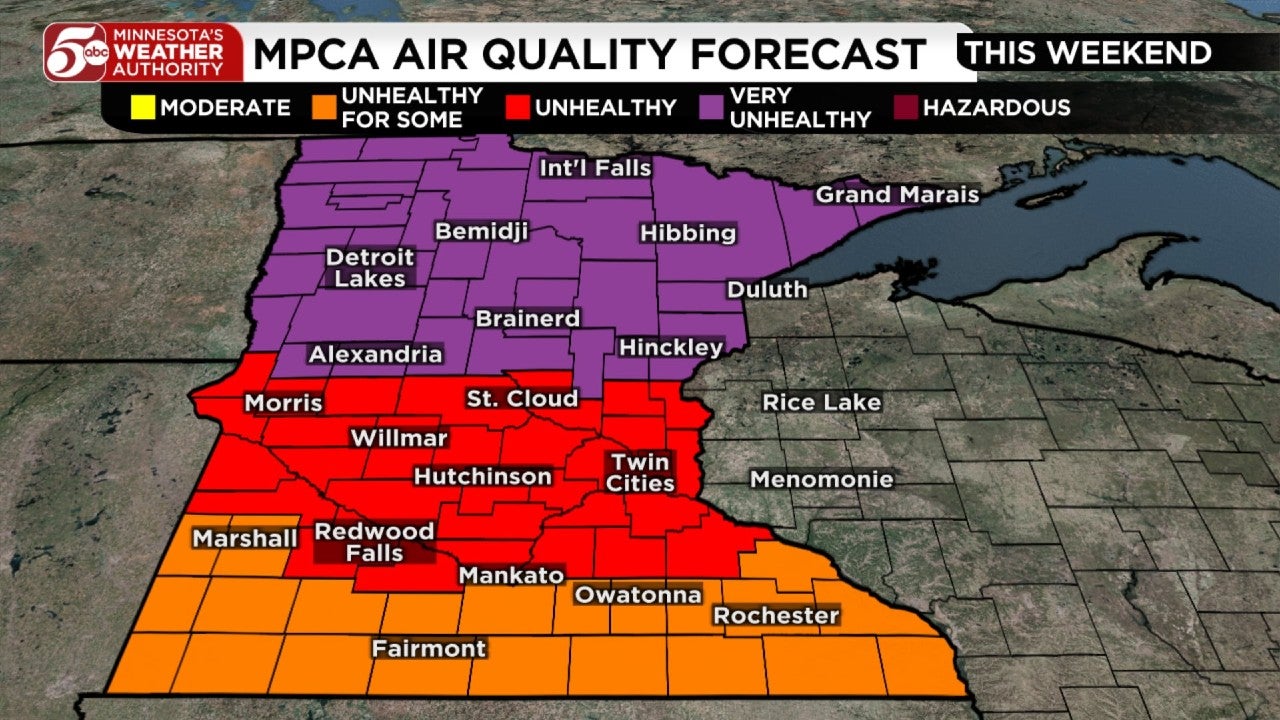With the federal government set to reopen, monthly benefits will soon flow again to the roughly 42 million low-income Americans who rely on Washington to purchase groceries.
But the damage wrought by days of delays, in a crisis that President Trump had refused to resolve, is likely to prove longer lasting.
For the poorest Americans, the end of the longest shutdown in U.S. history on Wednesday seemed unlikely to quell their doubt and anxiety, with their faith shaken in the food stamp program and in the reliability of the federal government to serve as a social safety net.
Never before had there been such an interruption to the Supplemental Nutrition Assistance Program, or SNAP, a decades-old initiative that serves about one in eight Americans. But the lapse it experienced during the 43-day federal stoppage seemed to erode the fundamental guarantee that the government would protect the most vulnerable families from harm.
A total breakdown in the nation’s largest anti-hunger program might have been unfathomable in past shutdowns, and under prior administrations. But Mr. Trump promised throughout the fiscal stalemate to slash programs favored by Democrats. He spoke openly about using the core functions of government as a form of political leverage, while his administration refused to tap ample leftover funds to provide full food stamps this month.
Mr. Trump’s aides opposed any requirement that they disburse complete aid, threatening states and mounting a legal fight that it twice took to the Supreme Court. Even on Monday, as the Senate worked to reopen the government, the administration continued to resist. In at least one state, Mr. Trump’s actions threatened to shut off the cards used by families to buy groceries, according to local officials, who pressed ahead with a lawsuit to force the release of benefits.
“We have this expectation that the federal government will do everything it can to prevent Americans from going hungry, and that is not the case,” said Sarah Saadian, the senior vice president for public policy and campaigns for the National Council of Nonprofits.
Last month, the organization joined a coalition that filed one of two lawsuits against the administration over food stamps. Ms. Saadian said she had assumed “humanity would carry the day,” especially when it came to hunger. But, she added, there “isn’t faith this administration is going to do the right thing.”
The White House did not respond to a request for comment. In a statement, the Agriculture Department, which oversees SNAP, blamed Democrats for the shutdown. Once the government is funded, the agency said, families would see benefits “within hours.”
In its handling of food stamps, the Trump administration laid bare the philosophy of the president’s second term. Over the roughly 10 months he has been in office, Mr. Trump has looked to curtail the size and reach of federal government, reserving his steepest cuts for programs that serve the poor. And the president has stretched the limits of his budgetary powers to achieve that agenda, sometimes without the permission of Congress.
Mr. Trump’s vision marks a sharp break from the approach adopted by former President Joseph R. Biden Jr., who oversaw a dramatic expansion of the federal safety net. But Mr. Trump and his Republican allies view many anti-poverty programs as too expensive or wasteful, or too skewed toward Democrats, even though the federal aid that comprises the safety net is used by Americans nationwide.
Initially, the Trump administration said it would safeguard SNAP in the event of a protracted shutdown by tapping an emergency reserve established by Congress to address shortfalls. But the administration abruptly reversed course just days before the benefits were supposed to be paid, a decision that would have terminated benefits to millions of Americans this month.
Cities, states, religious groups and nonprofits quickly filed two lawsuits to force the release of food stamp funding. On multiple occasions, federal judges sided with them, and ordered the Trump administration to spend its emergency money as well as additional funds in a second federal account, preserving full food stamps for the month. Yet the administration contested each of those rulings, further delaying or sharply reducing grocery benefits for some families — while leaving others with nothing.
Pressed on that strategy, Karoline Leavitt, the White House press secretary, insisted at a news conference on Wednesday that the administration “did tap into the contingency fund” — leaving out that it was only after a court had required it. She said the deal struck on Capitol Hill would restore benefits, adding it was “what President Trump has always wanted to do.”
In fact, Mr. Trump at one point publicly threatened to withhold money for SNAP until the end of the shutdown, while his administration waged a legal fight that forced some families to skip or ration their meals. SNAP beneficiaries like Johnnie Smith, a Milwaukee resident, had to tap her limited savings and rely on snacks, after her family’s usual payment failed to arrive on the third of the month.
“It’s crazy because they got the money. They can afford it,” Ms. Smith, 51, said of the government. “You’re making it hard on people that make the world go around. It’s ridiculous that there’s no care in the world anymore for people that really need it.”
The lapse in food stamps caused demand to surge at local food banks and pantries, which were left to pick up the slack. For the Greater Boston Food Bank, the need proved so great that it had to increase its distribution of healthy food by more than 500,000 pounds last week, compared to the first week of November last year, the organization said.
“This is a catastrophe that was completely avoidable,” said Catherine D’Amato, its president, adding that the lapse in SNAP funding had plunged families into “continuous uncertainty.”
But even before the shutdown concluded, resolving the crisis around SNAP, Ms. D’Amato warned of more lasting damage to the food stamp program and those who rely on it. She described a “sadness of being used as a political pawn when you’re just trying to feed your families.”
Catherine Wilson, the president of the United Way of Greater Newark, a support organization, said she saw the same “mad dash” for help in New Jersey once federal aid disappeared. “The long-term detrimental damage to a program like SNAP is the lack of ability to count on whether or not those benefits are going to be available for families,” she said.
Mr. Trump’s refusal to supply the funds for SNAP stood in stark contrast to the other instances during the shutdown when he willingly stretched his powers to reprogram the budget, primarily to further his agenda. It also fit a pattern for Mr. Trump and his fellow Republicans, who have long sought to cut food stamps out of a belief that it is subject to waste, fraud and abuse.
At one point during the shutdown, the president said on social media that benefits had been “haphazardly ‘handed’ to anyone for the asking.” He also said, erroneously, that it was “largely Democrats” harmed by the loss of SNAP, a program that serves voters of both parties in communities across the country.
Only months earlier, Mr. Trump had enacted a sprawling and expensive package of tax cuts financed in part by a set of new restrictions on food stamps. The law imposed new rules and limitations on benefits, and forced states to pay for a share of the program. The changes could end aid to millions, nonpartisan congressional analysts have warned.
Gov. Ned Lamont of Connecticut, a Democrat, framed the administration’s actions as part of a broader strategy to scale back the functions of the federal government and transfer those longstanding responsibilities — along with the burdens for paying for them — to states.
“No state, including Connecticut, which is better off than most, can afford to make up that shortfall,” he said.
On Wednesday, Trump administration officials said that full food stamp benefits would restart quickly as soon as the government officially reopened. While the spending deal approved by Congress funds most agencies through January, it provisions a full year of funding for SNAP, totaling more than $100 billion for benefits and other costs, according to lawmakers.
But lawmakers did not significantly expand the emergency reserve for SNAP, nor did they take steps to require Mr. Trump to spend all available federal money in the event of a future shutdown. The program could again face interruptions next year if Democrats and Republicans cannot fund the government.
Crystal FitzSimons, the president of the Food Research & Action Center, an anti-poverty advocacy group that supports SNAP, acknowledged this week that there remained “work to do to make sure people who participate in the program can count on it.”
In the meantime, she added: “I think the chaos that the shutdown created definitely made people question the benefits.”
By late last week, there was almost no money left on Zack Garias’s benefit card. After losing his job recently at a doughnut shop in Los Angeles, Mr. Garias, 19, said that he and his partner had to stretch the little they had available.
Mr. Garias celebrated when his SNAP benefits finally arrived, after California looked to provide full payments, just before the Trump administration appealed a ruling that had unlocked the federal aid. He said he worried the benefits could be taken away again, or that they might be limited somehow, so he bought the essentials.
“You don’t know if it will be taken next time,” he said.
Zolan Kanno-Youngs, Livia Albeck-Ripka and Dan Simmons contributed reporting.











